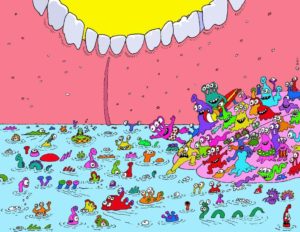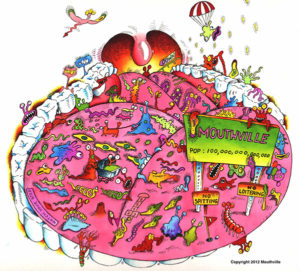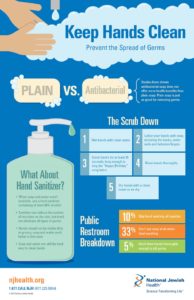Valentine’s Day has long since been a holiday that revolves around that gushy-mushy stuff we call love, but once you look into a common holiday tradition- you may be shocked to learn the truth. Can kissing be a bad thing?
As great as kissing on Valentine ’s Day may be, some of those bacteria that transfer from mouth-to-mouth aren’t so great for your teeth as the kissing is for your heart.
If your partner has gum disease or peridontitis, you’re swapping some of that into your mouth with each loving smooch.
“In fact, you’re sharing around 80 million bacteria with them! The worse the bacteria in their mouth are, the worse it will affect your mouth.”- WaterTower
Upper respiratory tract infections are also spread through kisses, as are many different viruses responsible for the common cold. Meningococcal Disease is a life-threatening condition which includes meningitis, inflammation of the membranes that surround the brain and spinal cord which, studies show, can be spread through “deep kissing”.
Careful with your babies!
Sometimes tasting a bottle or eating something before passing it to your newborn may not be such a great idea. The bacteria that causes tooth decay is not present in the mouths of babies, so when you spread that love and tenderness, you may be introducing some bad guys into that babies mouth.
“There are a number of things you can do to reduce the risk of passing on, or catching, an infection while kissing. You should try to:
-
Avoid kissing when you or the other person is sick.
-
Avoid kissing anyone on the lips when you, or the other person, have an active cold sore, warts or ulcers around the lips or in the mouth.
-
Maintain good oral hygiene and visit your dentist regularly
-
See your doctor about immunizations. Vaccines are available to prevent some infectious diseases, such as chickenpox, hepatitis B and group C meningococcal infection.”
Always consider what may be lurking just beneath the surface!
Check out our Facebook, Instagram and all of our social media sites for tips, tricks and funny things all about Oral Health!




